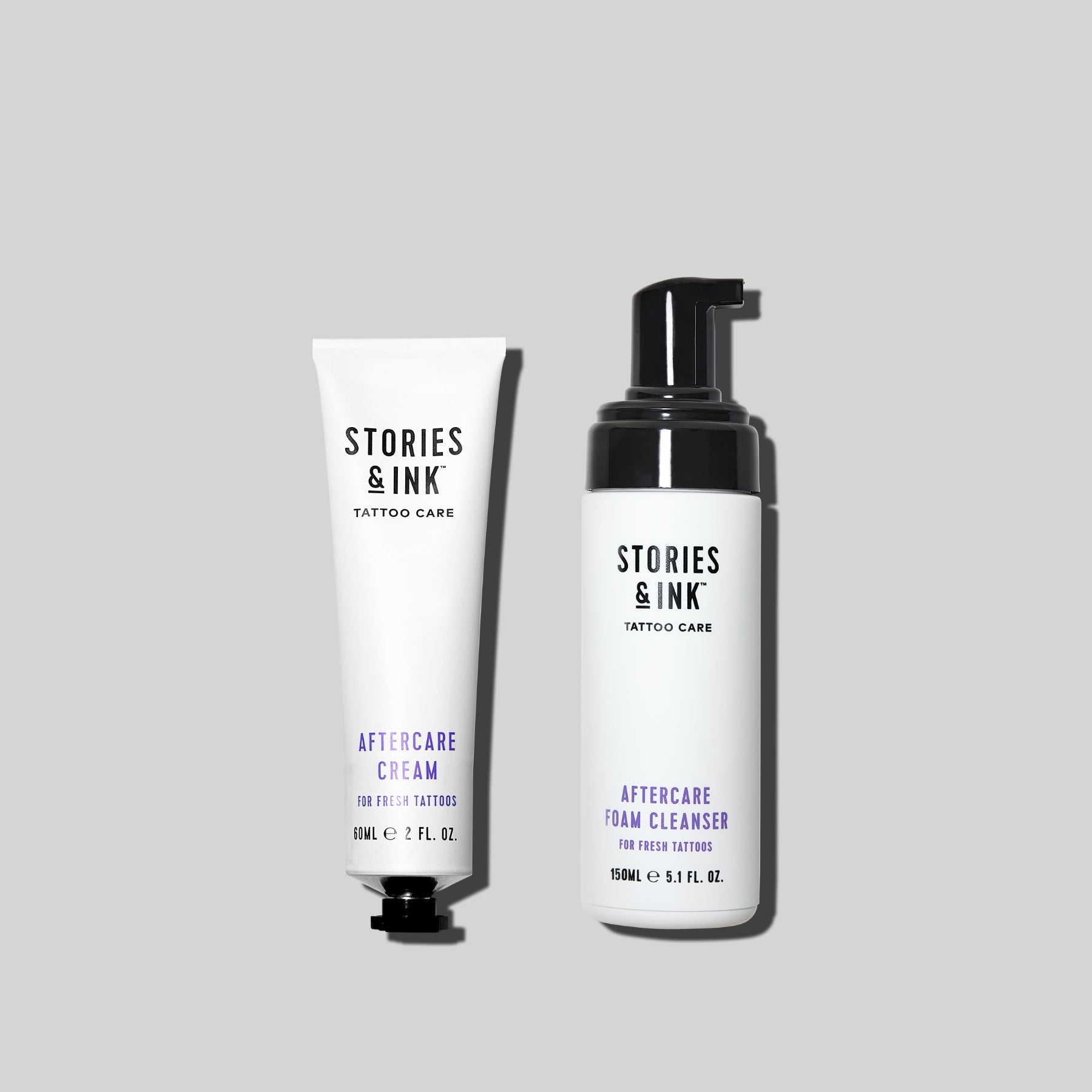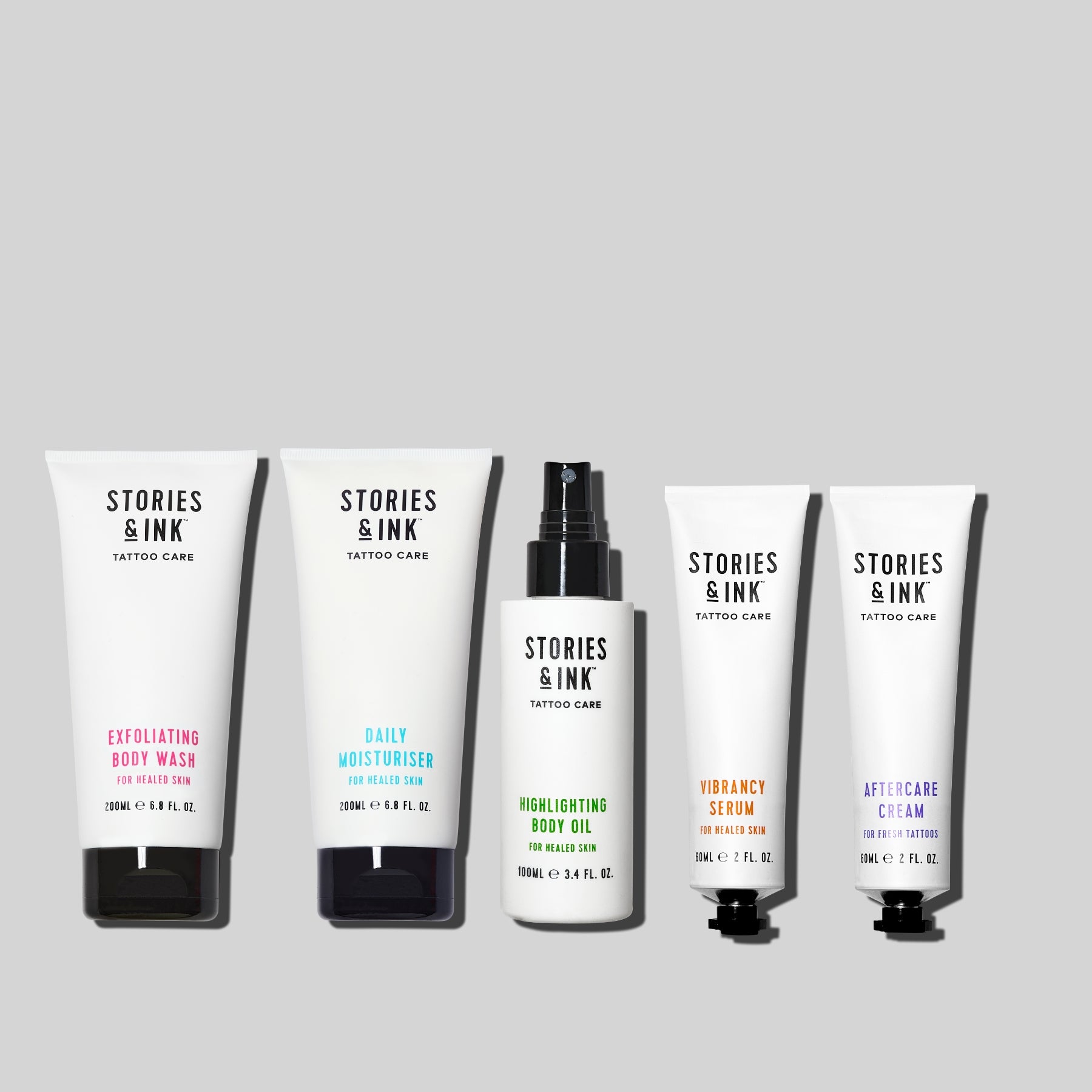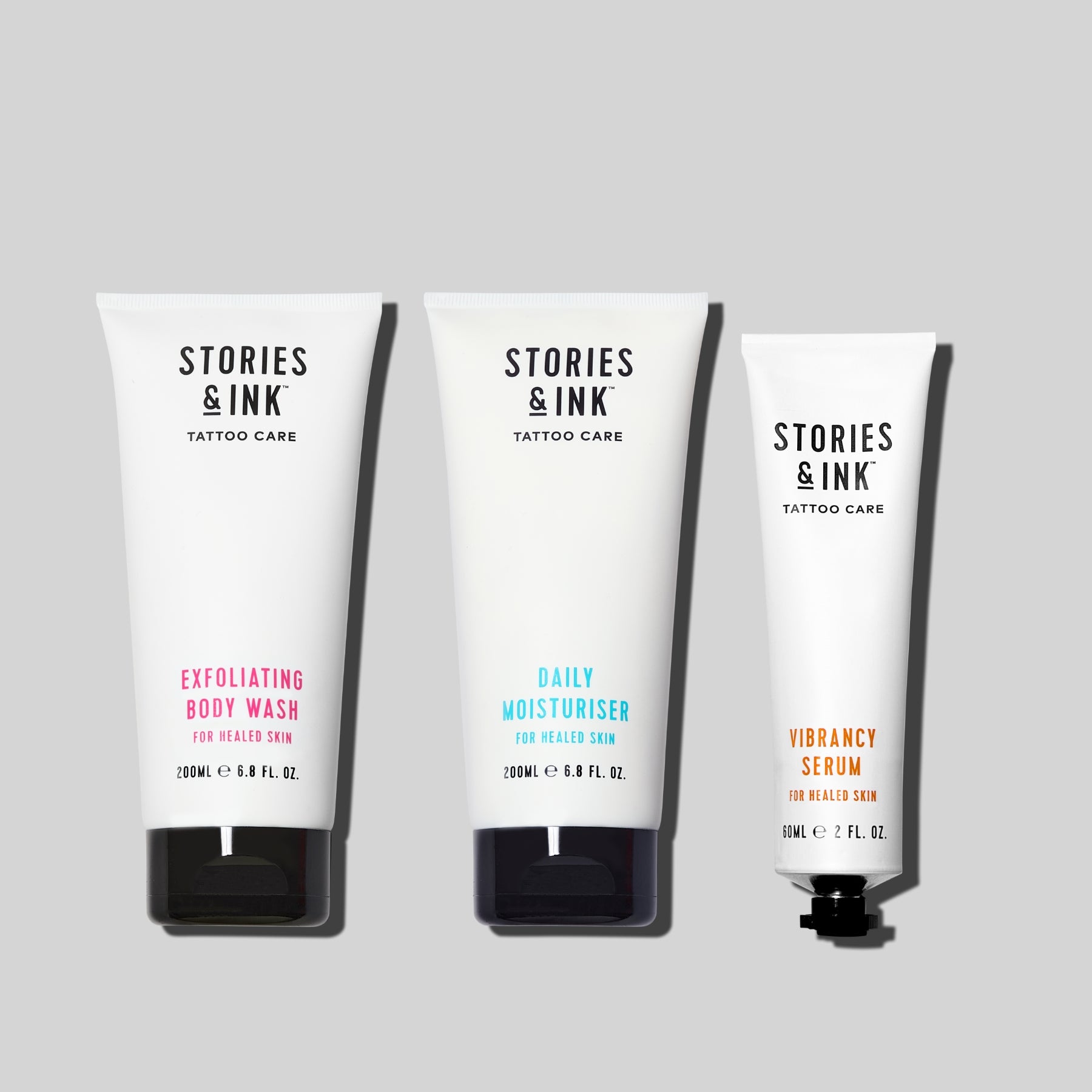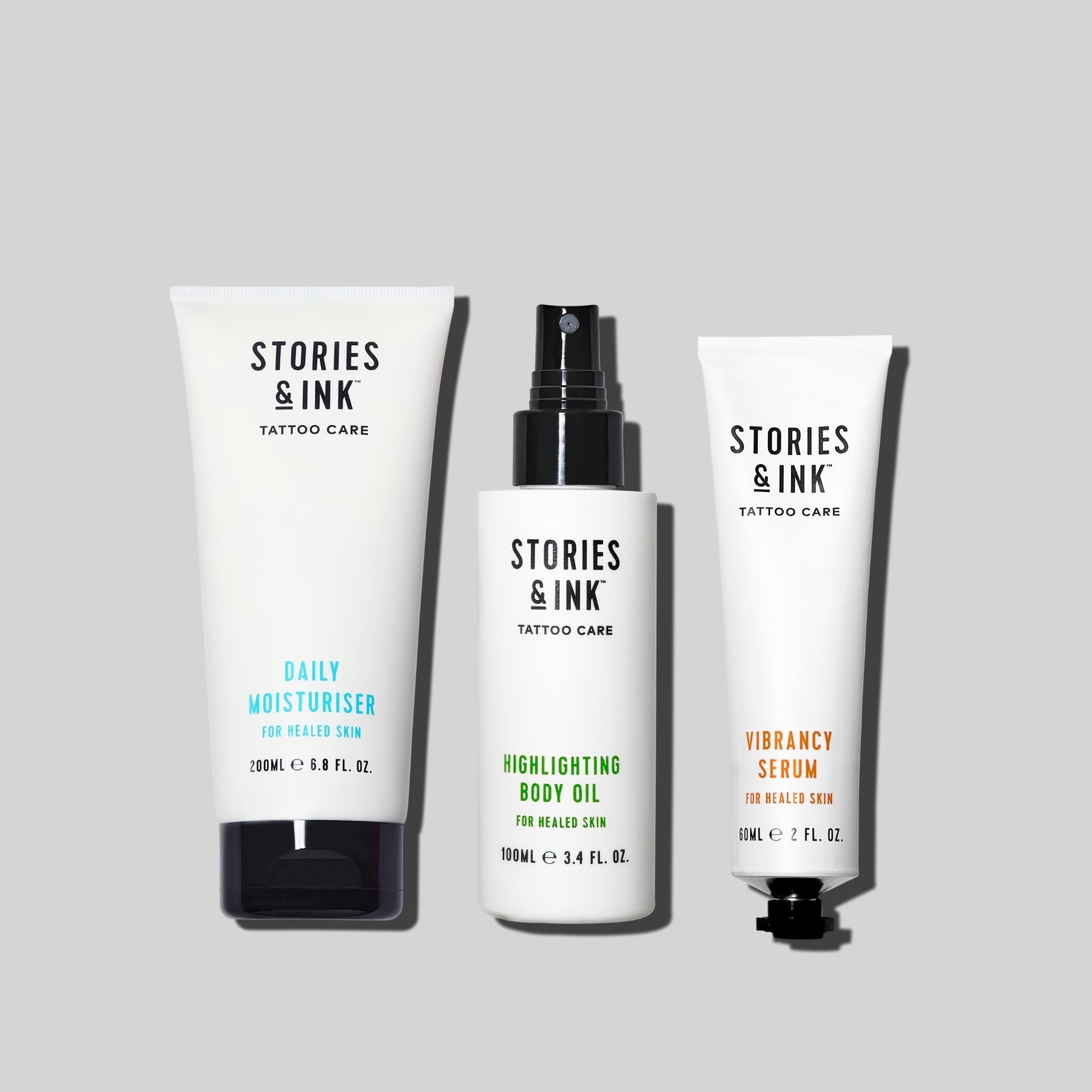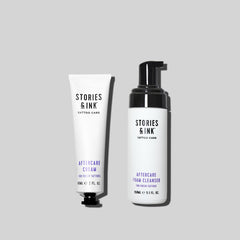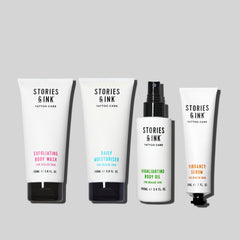The process of tattooing is a mystery to most of us, a secret kept by artists. How does it work? How does the ink stay in place? How deep does a tattoo needle go? We’re here to answer your questions...

What is our skin made up of?
Your skin is made up of three sections: the epidermis, dermis and hypodermis. The epidermis is the protective layer, which gives your skin its colour, and acts as a barrier for your body. The dermis makes up the majority of skin thickness, and contains collagen and elastin. Hair grows from the dermis, and it also contains glands that secrete oil and sweat. The hypodermis is the fatty bottom layer that cushions your muscles and bones, regulates your body temperature, and holds your body together with connective tissues that link your skin to your muscles and bones.
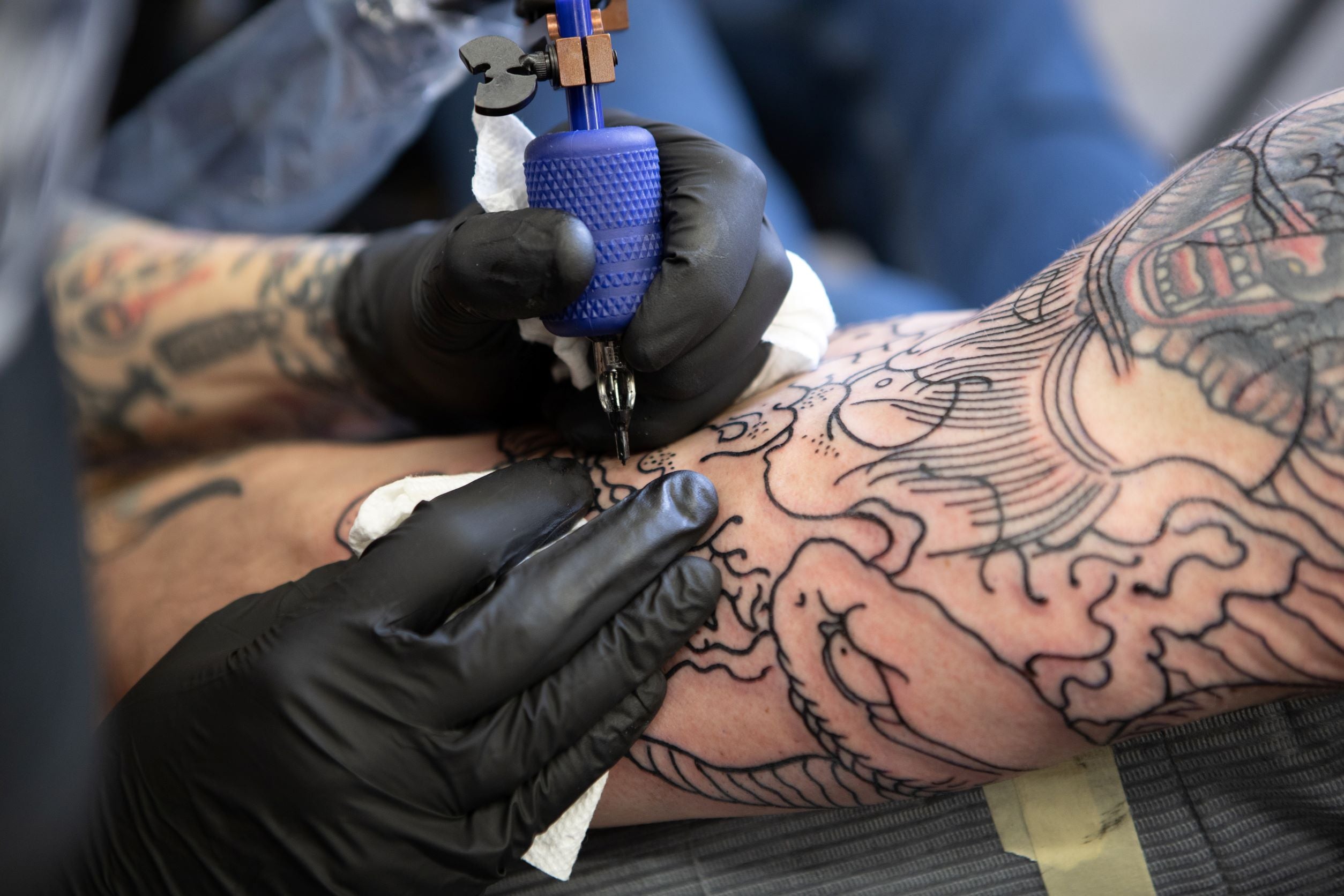
A Tattoo needle penetrates 5 layers of the epidermis
That may sound like a lot of skin, but in reality it is only 1/16th of an inch, about 1-2mm. That’s pretty tiny. It goes through five layers of the epidermis, through the dermal layer, and into the topmost layer of the dermis.
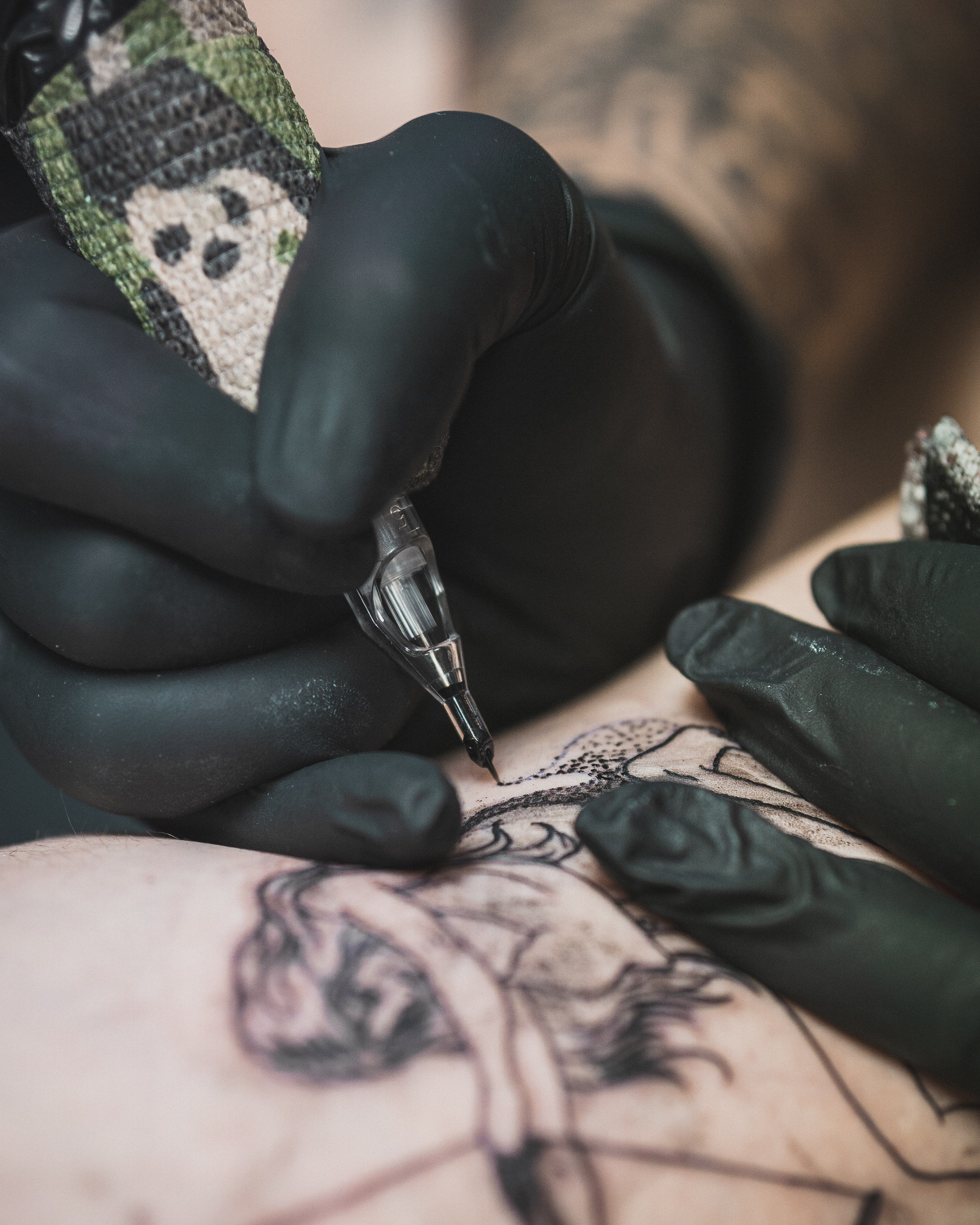
What happens if it goes deeper?
It shouldn’t; good artists know to adjust the length of the needle within the machine so it doesn’t go too far. If it were to go too deep, this is when scarring can occur, and blowouts. A blowout occurs when the needle penetrates too deep and the ink spreads out within the skin, causing a shadow-like effect around the tattoo.

Where does the ink settle once healed?
The epidermis, or top layer of your skin, is constantly regenerating. During healing, the ink that is in this layer will shed out and the skin will regrow. This is what appears to fall out in scabs or skin flakes during healing. The ink is trapped underneath, in the top layer of the dermis, which is where it will stay. This depth allows the tattoo to stay permanent, while also allowing bodily functions like hair growth and sweat to continue. The depth a tattoo needle goes to is very precise and important!
Hopefully that answered your questions about the tattooing process. If you have other questions, send them our way! @storiesandinkskincare
